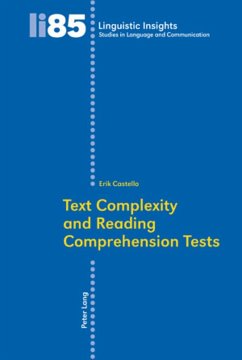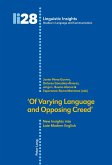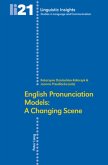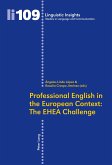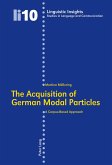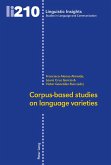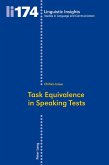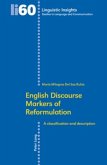Based on the analysis of a specially compiled corpus of internationally recognized English as a foreign language (EFL) reading tests at different levels of proficiency, this volume explores the relation between the complexity of written texts and the difficulty of reading comprehension tests. It brings together linguistic investigations into the text-inherent complexity of the tests and a study of the data derived from their administration to groups of Italian university students. The study of text complexity draws on corpus linguistics, text linguistics and systemic functional linguistics. Both quantitative and qualitative analyses are carried out on the language used in the reading texts and in the related tasks that make up the corpus of tests. The assessment of test difficulty, on the other hand, is informed by research on language testing, and, in particular, by findings and methodologies of Classical Test Theory and Item Response Theory. Relevant aspects of these theories are used to analyze and interpret both the data obtained from the administration of the tests and the data collected by means of feedback questionnaires completed by test takers. The application of such diverse methodologies and the subsequent comparison of the results of the analyses has brought out interesting correlations between text-inherent complexity, perceived test difficulty and actual test difficulty.

